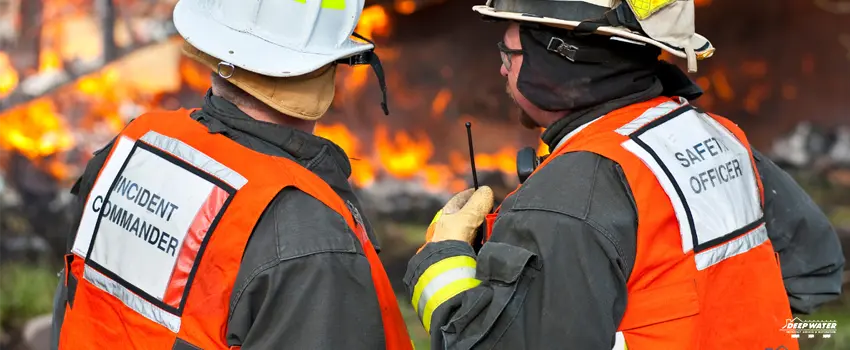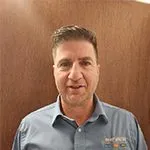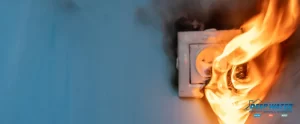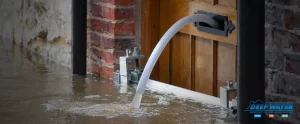Fire is one of the essential elements that benefits humanity. Crucial for cooking food, forging tools, and keeping us warm, it is vital for mankind’s survival and development. However, fire can also be a destructive force of nature. If left unchecked, fire can cause severe injury and destroy pretty much everything it comes into contact with, including our homes. Hence, the need for homeowners to come up with fire safety plans in case a fire hits your home.
This is where fire safety plans will come into play. If you set up a fool-proof safety plan that everyone in your household can easily understand, you’re lessening the chance of injuries during a fire or even significantly decreasing the chance of fire from happening in the first place.
Still, putting together a fire safety plan at home or in the office is not as straightforward as you think. With so many fire safety myths and misconceptions passing from one generation to another, there’s a high probability that you may unknowingly add one of these misconceptions into your plan, which, of course, will compromise your objective of keeping people and property safe from harm.
To help you out, we have listed down some of the most prevalent fire safety misconceptions that you should avoid. But before we get into that, let’s take a look at some basic fire facts.
Basic Fire Facts
Fire has a unique behavior that it can come out as both a friend and an enemy. The following are the basic things that you should know about it:
1. The Fire Triangle
Thefire trianglemodel explains the three components that are necessary for a fire to exist: heat, fuel, and oxygen. These three elements must be present in the correct proportion for a fire to burn.
Heat is the most important of the three, as a fire cannot start without it at a certain level. The fuel element of the fire triangle provides the material that is burned, and can be anything flammable such as wood, paper, and fabric. The third element is oxygen, which a fire requires for it to start and continue burning.
Knowledge of the fire triangle allows us to know how we can control fire. If you remove just of them, the fire will eventually die down. For instance, a small fire can easily be extinguished by removing the oxygen using a smothering material like non-flammable blanket, dirt, or sand.
2. Gas vs Electric Stoves
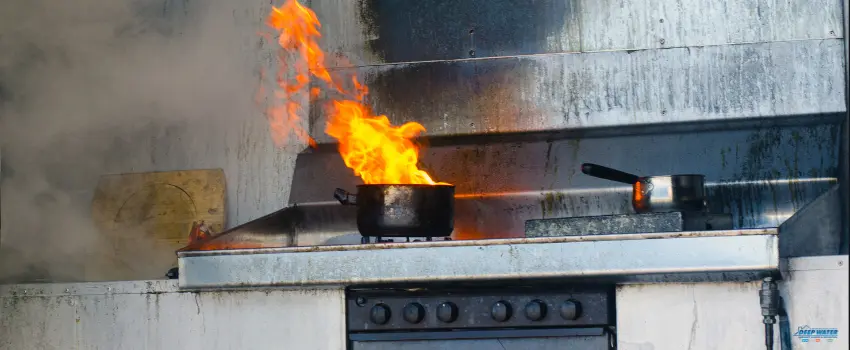
While it’s true that unattended cooking in the kitchen is one of the top causes ofhouse firesin America, the usual culprits are actually electric stoves rather than gas stoves. With this in mind, make sure your electric stoves are always in good condition. Also, never leave the kitchen when you’re cooking. If you really need to, make sure someone else will replace you in looking after your cooking.
3. Fire Alarms and Fire Sprinklers
Over 3,000 lives are lostevery year in America because of fire. The tragedy could actually be avoided if more homes had fire alarms and sprinklers, just one of several fire safety measures that can be easily followed.
4. Smoke Inhalation
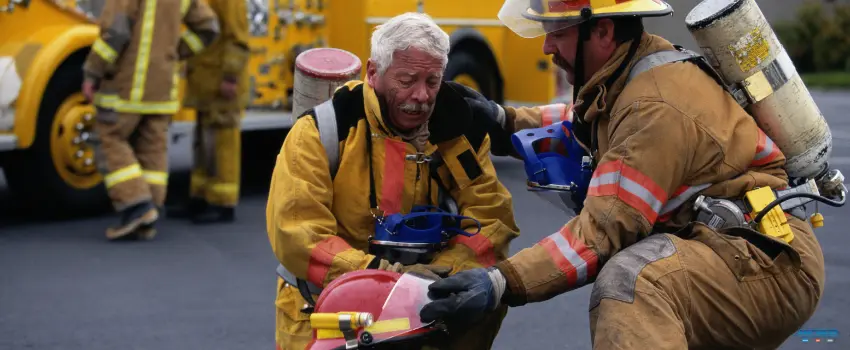
Smoke inhalation is the number one cause of deaths in fires. When a fire erupts in a home, it will usually consume most of the breathable oxygen, engulfing the interiors with smoke. Thus, if someone is trapped in a room, they’ll most likely perish not because of the flames, but because oxygen is no longer available.
5. Smoke Detectors
In many residential structures like houses and apartment buildings, fire deaths can becut by halfif there are smoke detectors installed. Smoke alarms and detectors are not that expensive, and are seen as effective ways of minimizing the risks involved in home fires.
Fire Safety Misconceptions
Several unfounded beliefs about fires can affect your chances of coming out of the disaster alive and injury-free. These include the following:
1. The stairs are the safest way out.
This is correct, especially if you compare it to using the elevator. However, if you have to go down numerous flights of stairs, your safety could be compromised. Also, if you have obstructed stairways, getting out safely can become problematic.
2. Smoke detectors can determine the presence of fire.
This is among the most common fire safety misconceptions. Smoke detectors are not designed to sound off when they sense fire. As the name suggests, these devices will only sound the alarm if they detect smoke. This means that if a smoke detector rang, you only have a few minutes (or sometimes even seconds) to react.
3. People will usually panic during a fire.
There are several studies showing that most people act rationally when faced with an emergency. In particular, a research conducted byG. Proulx and J.D. Simeshowed that, in the midst of a fire, people will stay calm so long as they are properly instructed on what they can do to be safe.
4. All sprinklers work together.
This is one of the most popular fire safety myths. Its basic premise is that when one sprinkler gets to work during a fire, the others will soon follow, so that the entire place is ultimately filled with water. This might have been the case in previous years, but modern sprinklers are no longer designed that way. Advances in technology have caused most fires to be put out with only a few sprinklers being used, and with minimaldamage mitigation work.
5. Sprinklers and extinguishers can be found in all homes and offices.
There are still places that have no sprinklers and fire extinguishers. Many small businesses and residential apartments are operating without a sprinkler system in place, endangering the lives of people who avail of their services.
6. Avoid using the elevator in an emergency.
This has always been the norm, but after the 9/11 bombing, there was a reassessment made. Thus, elevator systems are recommended for use during emergency cases.
Additionally, many modern high-rise buildings are now equipped with sophisticated elevators that have special markings indicating how and when these are to be used.
7. Fire cannot destroy concrete.
This is an old fire safety legend that has inspired many veteran builders. Concrete has long been thought to be an effective shock absorber of many disasters, including fires, and this is why it has become a popular building material.
Although non-flammable, concrete is not invincible either. Fire temperatures of more than 750 F can cause reinforced concrete to lose half of its inherent strength, rendering it unsafe for use.
Key Takeaway
Fires are undoubtedly devastating but the more frustrating fact is that they can be avoided if you practice safety. Unfortunately, even when taking the needed measures, some people tend to believe in various fire safety misconceptions that only lead them to further trouble.
These myths should be ignored as the focus should be on how to stay safe correctly when there’s a fire. Even after the disaster, staying safe should still be a priority because of post-fire dangers like fire damage. These include cleanup tasks which are complex and should be left in the hands offire damage mitigation experts.
Get complete safety from your fire-ravaged home from Deep Water Emergency Services and Mitigation.
After a devastating fire, your immediate thought is how to restore everything to the way they were before. Take the first step by getting in touch with Deep Water Emergency Services and Mitigation.
We have a professionalDallas fire and water damage mitigationteam that will deliver top-notch service for you so your damaged home can be restored as soon as possible. Get more details about this exciting offer, and call us today.

